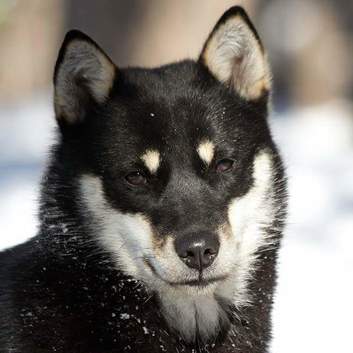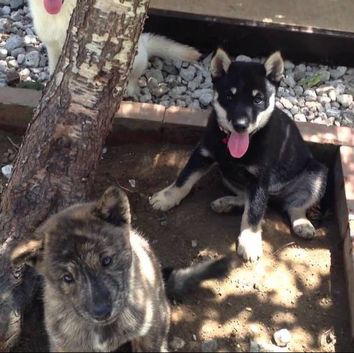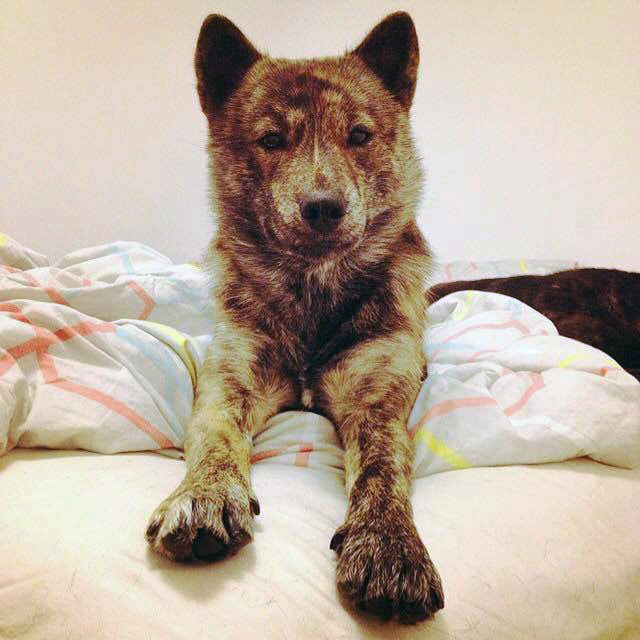Importing a dog from Japan alone can be very difficult. The HANA Project has been working closely with breeders overseas through the help of Shigeru Kato, translator and Japanese dog guru. His website outlines the process of importing a Japanese puppy:
To export a dog from Japan:
- The dog must be at least 8 weeks old.
- The dog will need to be examined by a certified veterinarian in the week preceding its flight and have a health certificate issued.
- The dog will need to undergo an examination at Animal Quarantine Services at the airport on the day of departure, after which an export certificate will be issued. Examinations take place 3 hours before departure, and reservations for the exam should be made a week in advance.
The official site of Animal Quarantine Service Japan can be found here.
To import a dog to the United States:
Shipping to the United States is fairly straight forward. As long as the dog meets Japanese export requirements and has the export certificate issued by AQS, it will be allowed into the country. Dogs not up to date on their vaccinations may need to be quarantined at home until they are vaccinated, and the owner may have to sign a confinement agreement to have the dog released to them at customs. Many airlines also have their own regulations regarding the international shipping of animals, so it is important to check with your airline when making plans to ship an animal.
The USDA website can be found here.
Finding a Breeder
Shigeru wrote an excellent blog post regarding the differences between Japanese breeding customs vs. most American and European breeding customs.
In Japan, health testing of breeding stock is rarely done. Import puppy sires and dams will likely not have been tested for genetic conditions such as CEA, hip dysplasia, luxating patella, etc. In which case, importing is quite the gamble in terms of health. Shigeru points out, “In the distant past when all the Nihon Ken were hunting dogs, breeding for function naturally culled out the dogs with bad hips, joints, hearts etc. Now that they are bred primarily for show, the end all is a dog that looks good, standing in the ring. This affects not only structure but temperament as well.”
Temperamental differences between most American/Euro-bred dogs and Japanese-bred dogs are another big factor when deciding whether you would like to import or not. Most Japanese dogs are not house pets. They spend much of their time kenneled outdoors with little to no socialization or training. Naturally, puppies are reared in the same conditions resulting in often under-socialized and skittish young dogs. In accordance to most western breeding standards, American and European bred Hokkaido will have received a great deal of early socialization during their critical 0-12 week window.
Finally, Shigeru mentions that “Ring temperament often translates into at least slightly dog-aggressive dogs here in Japan, as a dog looks much more impressive when it is posturing at another dog.” This is something which should be taken into consideration when purchasing (particularly importing) a Hokkaido. Same-sex aggression can be an issue for the breed.


